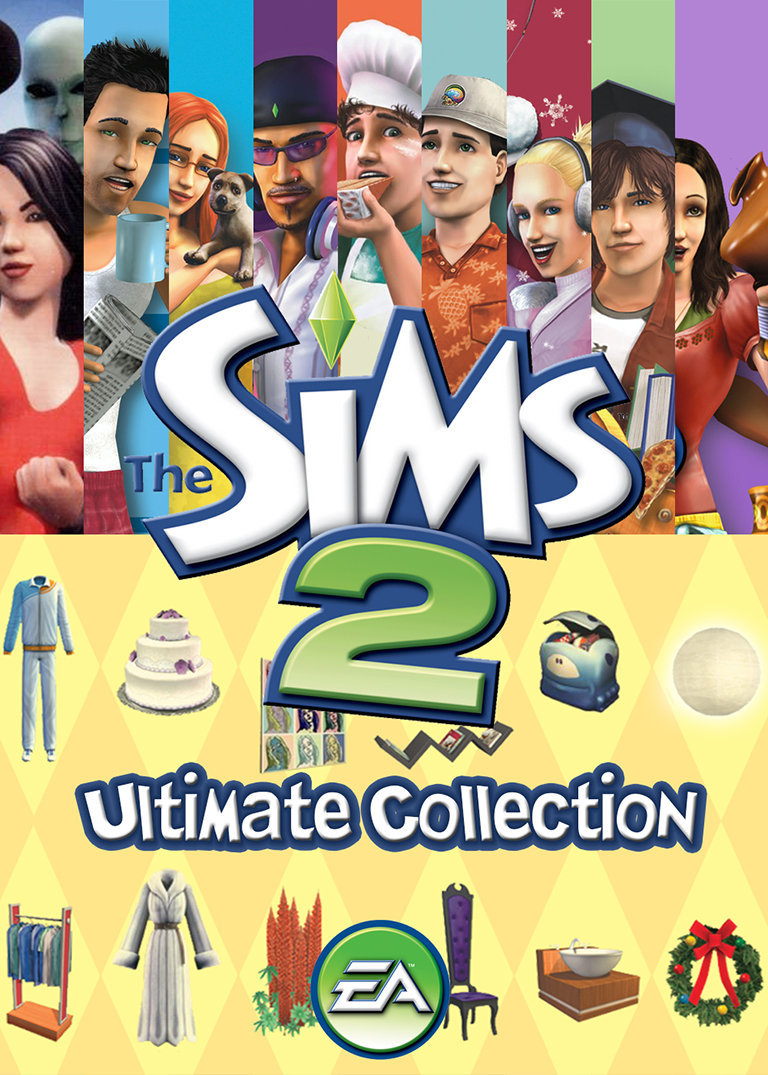

The HeadToy prototype helped evolve the Create A Sim tool. The look-and-feel prototype, for example, established how The Sims look, particularly in the adult and teen years, and set the tone for the new 3D environments. Many of these prototypes significantly affected the final design of the game.

Building these prototypes during the concept and pre-production phases instead of during the full steam production phase just makes sense. We used early prototypes to resolve look and feel issues, to help understand the key emotional connection, and most importantly, to test out the new gameplay concepts. Maxis has always been a major proponent of rapid prototyping when kicking off a new game. The Sims 2 team had to understand what led to the success of the original and devise a way to evolve (and ultimately how to innovate) while juggling colossal expectations from fans, critics, and the company. And with The Sims, we at Maxis had a lot of content to work with and many leaps in technology to take advantage of since the first game was shipped back in 2000.Įven so, sequels pose a unique challenge. Sequels to successful games may seem obvious-maybe even too obvious.


 0 kommentar(er)
0 kommentar(er)
